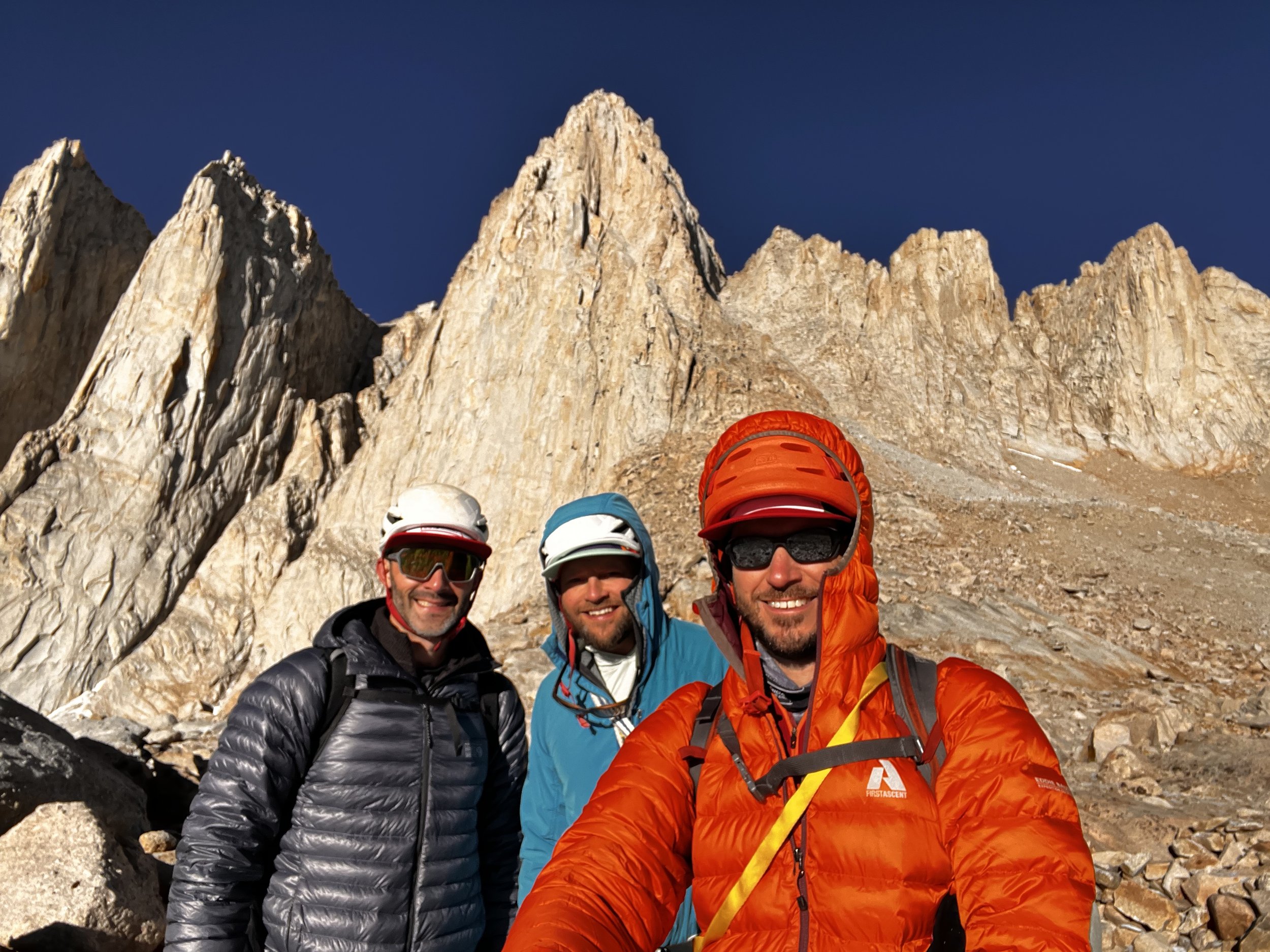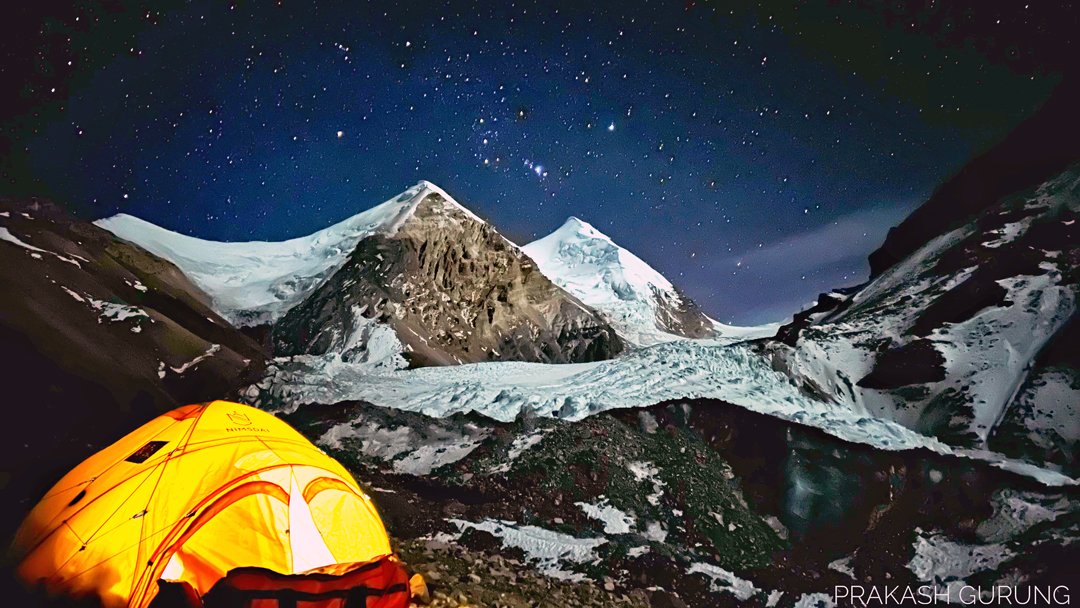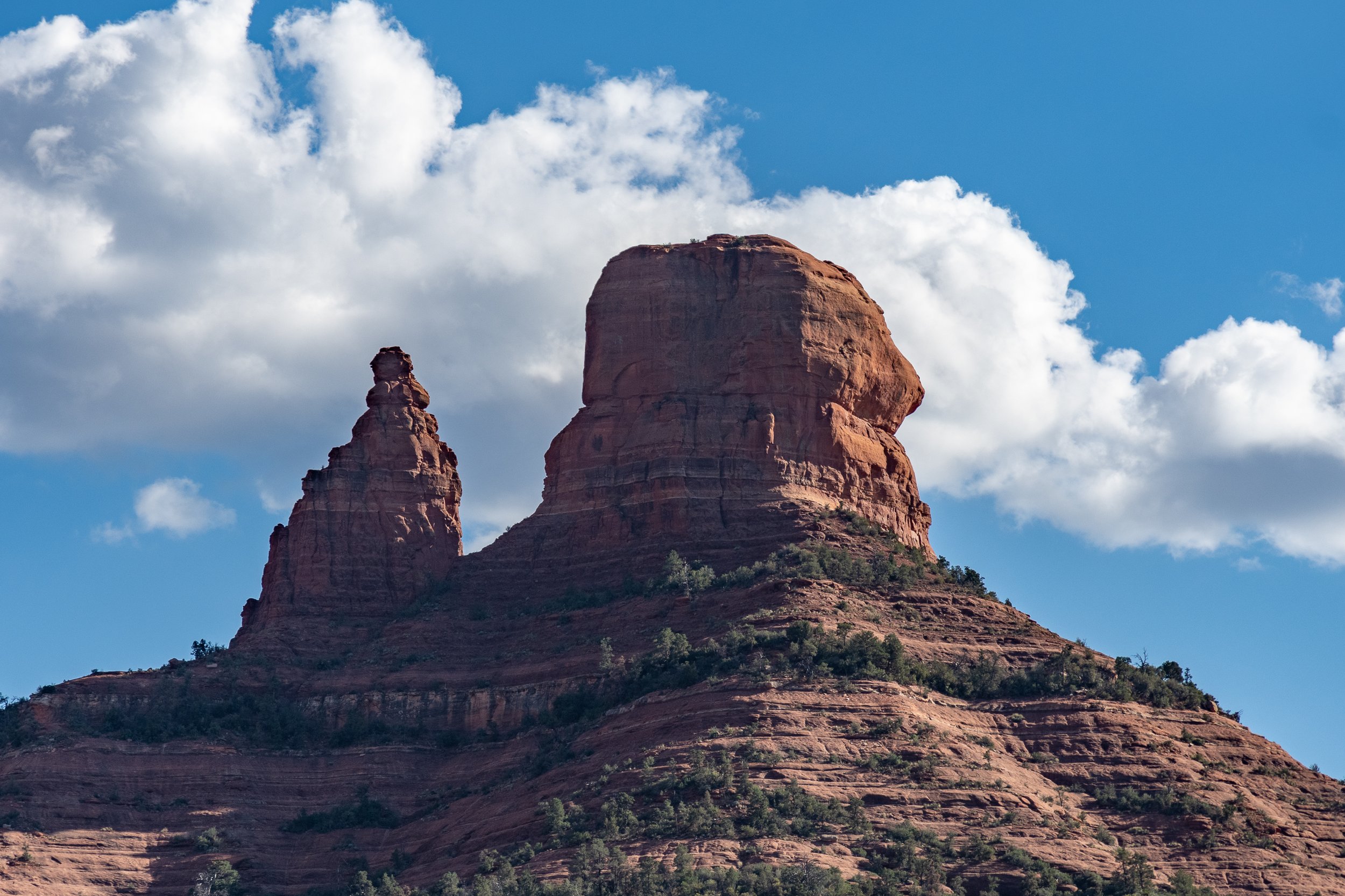KG: Really hard to say. I might put bouldering at the top, but then it's a massive tie for second. Ice climbing comps are unbeatable. There's no other scene that's as fun and welcoming, and the movement is so dynamic. You just don't get the same movement on rock. It's a really fun change of pace. With actual ice and mixed I'd really like to get into doing some more big things and exploratory multi-pitch in [Rocky Mountain National Park]. But I've definitely been more focused on competition and rock climbing lately.
AAC: What does training look like for you?
KG: It depends. This year has been more casual—been working on a lot of power, strength, and technique. Last season was a pretty full-on training block. I basically trained from August through December, like super structured for the World Cup tour, and it ended up panning out really well.
AAC: It definitely did, you received the overall World Cup lead medal in silver, last year. What about competition ice climbing sparks inspiration or joy for you?
KG: Initially, it's like basically everything your parents tell you not to do. You get to jump around with blades on your feet and in your hands and take massive falls in the air. Honestly, on the World Cup scene, it's all a massive party. Everyone's a big family. I find the movement really fun. It's really physical. So you get to actively try hard while you're doing it, which is a good feeling. Honestly, it's the community, like the scene is so fun. That's a large part of why I'm here.
AAC: Who do you think you are as an ice climbing competitor?
KG: I'd like to say Keenan is just a climber who wants to do it all. In ice climbing comps, I'd like to be seen as someone who's really focused on doing as well as they can. But I've done some coaching in Boulder at the Ice Coop, and for me to, like, not feel the stress of the competition, I tend to try and help everyone; making sure everyone else is doing good helps me a lot with not worrying about how it's gonna go. So I guess I would like to be seen as someone who's a wealth of knowledge to come and get help from. But at the same time, I'll put my headphones in and lock in for the warm-ups.
AAC: Who are you outside of climbing?
KG: Outside of climbing, I'm trying to be an artist. I'm wrapping up my Arts Associate right now. I'm a little unsure of what I'm doing afterwards, but I'll figure it out.
AAC: What mediums do you work in?
KG: Fashion and then dry mediums, so, charcoal and graphite.
AAC: What do you hope to get out of this 2025 season?
KG: I'm really excited to go into it with a casual mental space. I'm trying to just put it all on the line during the competitions. I haven't done as much training and prep for this season. I'm trying to play around with different approaches to the competition headspace. Instead of treating it as a competition, I want to treat it as redpointing a project. The goal is not to get a certain placement, or even do well in the comp. The goal is to top the routes. At a world cup level that almost always means winning. It's not like I want to win to top the route, I just want to top. Topping is the main objective.
AAC: What has been the most pivotal moment in your climbing career?
KG: In competition climbing, it was definitely my last season as a U16. I won that year's Youth World Cup. The whole prep I was focused on winning, and when I won, it wasn’t very fulfilling. I felt pretty hollow. That drastically changed how I approached my whole preparation and training. I think that was a massively positive moment.
[For] rock climbing it's really hard to say. I think potentially [when I stopped] competition rock climbing, because I grew up doing camping trips to Indian Creek and Vedauwoo and following leads all the time. And taking a step away from the competition rock was really nice and refreshing to go back to the routes and try really hard on rock without any external things happening.
AAC: If you could be any climb, what would it be and why?
KG: I have two lines in mind. Biographie (9a+/515+) in Céüse, France, because it is the most beautifully perfect chunk of rock I have ever seen. It just looks so incredible—proper dream line. Or Off the Wagon (V14), that V14 in Switzerland. The beta on that thing is the definition of swagger. It's so cool.
AAC: Could you elaborate on that, and leave us with some climbing beta humming around in our heads?
KG: Yeah, the history of that boulder is pretty sweet. Dave Graham and Chris Sharma tried it forever ago, and it's this massive right hand dead point for this first move and then you do a campus row sequence. And that's it. It's a two move V14. It's smash, hold, campus, done. It's in this beautiful little meadow valley in Switzerland, and you start on a wagon. It's a really cool chunk of rock. It's like a perfectly flat 45 degree panel.












































